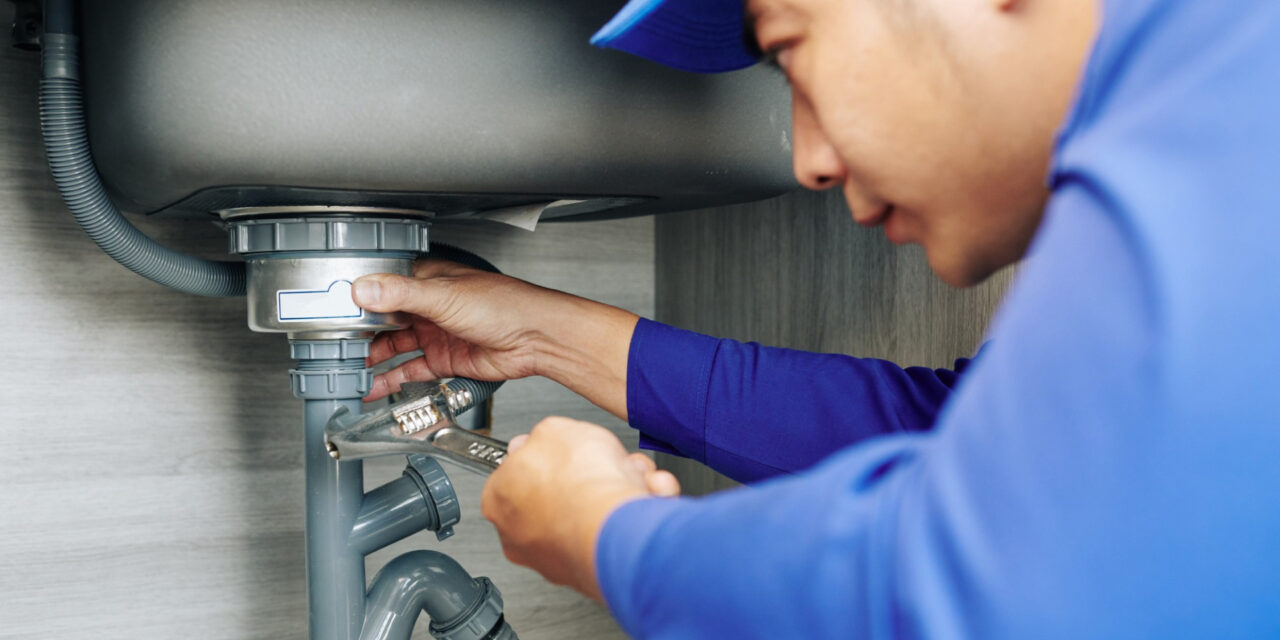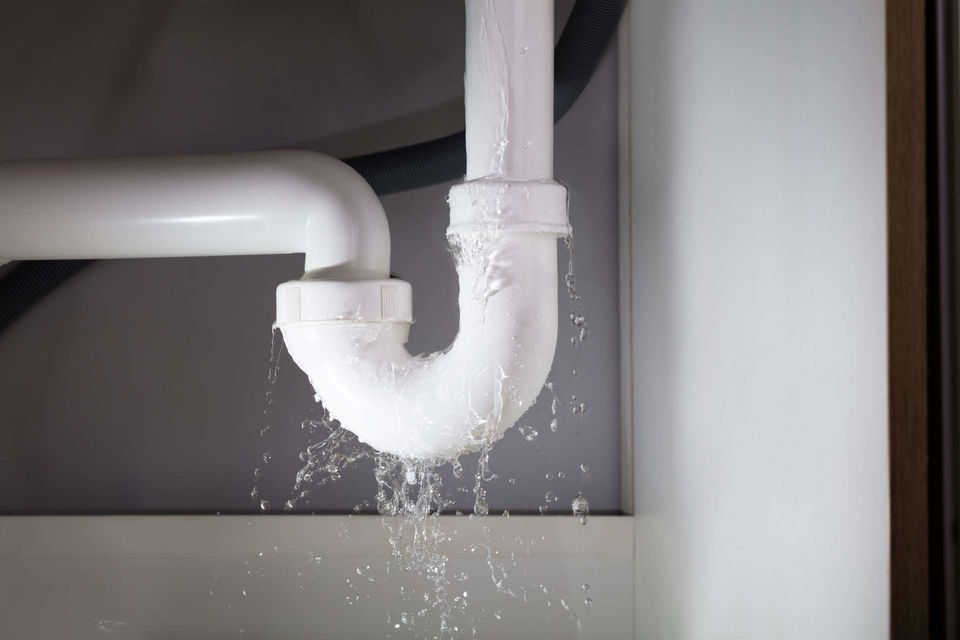Exactly how to Examine If Your Residence Has a Hidden Leak
Exactly how to Examine If Your Residence Has a Hidden Leak
Blog Article
Are you currently looking for facts and techniques about Locating water leaks?

Early detection of dripping water lines can reduce a prospective disaster. Some little water leakages might not be noticeable.
1. Analyze the Water Meter
Checking it is a surefire means that assists you uncover leaks. If it moves, that indicates a fast-moving leak. This means you may have a sluggish leak that could even be below ground.
2. Check Water Intake
If you find unexpected adjustments, despite your intake being the same, it suggests that you have leakages in your plumbing system. An unexpected spike in your expense indicates a fast-moving leak.
A constant rise every month, even with the same routines, reveals you have a slow-moving leakage that's additionally gradually intensifying. Call a plumber to thoroughly check your property, especially if you feel a cozy area on your floor with piping underneath.
3. Do a Food Coloring Test
When it pertains to water consumption, 30% originates from bathrooms. Examination to see if they are running correctly. Decline specks of food shade in the tank and also wait 10 mins. If the color in some way infiltrates your dish throughout that time without flushing, there's a leak in between the container and dish.
4. Asses Exterior Lines
Don't fail to remember to inspect your outdoor water lines also. Test spigots by connecting a garden hose. Must water permeate out of the link, you have a loosened rubber gasket. Replace this as well as guarantee all connections are limited. It will certainly help obtain it professionally checked out and maintained each year if you've obtained a sprinkler system. One little leak can squander tons of water as well as increase your water bill.
5. Assess the circumstance and also inspect
Homeowners ought to make it a habit to check under the sink counters as well as also inside cabinets for any type of bad odor or mold growth. These two red flags show a leak so punctual attention is called for. Doing regular evaluations, even bi-annually, can conserve you from a major problem.
Much more notably, if you know your home is already old, keep a watchful eye on your heaters, tubes, pipes etc. Check for discolorations as well as weakening as the majority of pipes and also appliances have a life expectancy. They will certainly additionally naturally deteriorate due to tear and wear. If you presume dripping water lines in your plumbing system, do not await it to intensify. Call a specialist plumber today so you do not wind up with a terrible mess in your house.
Early detection of leaking water lines can alleviate a potential disaster. Some little water leaks might not be visible. Inspecting it is a proven means that helps you find leaks. One little leakage can throw away lots of water and surge your water costs.
If you think dripping water lines in your plumbing system, don't wait for it to intensify.
WARNING SIGNS OF WATER LEAKAGE BEHIND THE WALL
PERSISTENT MUSTY ODORS
As water slowly drips from a leaky pipe inside the wall, flooring and sheetrock stay damp and develop an odor similar to wet cardboard. It generates a musty smell that can help you find hidden leaks.
MOLD IN UNUSUAL AREAS
Mold usually grows in wet areas like kitchens, baths and laundry rooms. If you spot the stuff on walls or baseboards in other rooms of the house, it’s a good indicator of undetected water leaks.
STAINS THAT GROW
When mold thrives around a leaky pipe, it sometimes takes hold on the inside surface of the affected wall. A growing stain on otherwise clean sheetrock is often your sign of a hidden plumbing problem.
PEELING OR BUBBLING WALLPAPER / PAINT
This clue is easy to miss in rooms that don’t get much use. When you see wallpaper separating along seams or paint bubbling or flaking off the wall, blame sheetrock that stays wet because of an undetected leak.
BUCKLED CEILINGS AND STAINED FLOORS
If ceilings or floors in bathrooms, kitchens or laundry areas develop structural problems, don’t rule out constant damp inside the walls. Wet sheetrock can affect adjacent framing, flooring and ceilings.
https://www.servicemasterbyzaba.com/blog/how-to-detect-water-leakage-in-walls/

We were brought to that editorial on Finding hidden leaks from an acquaintance on a different blog. Don't hesitate to take a moment to distribute this blog post if you enjoyed reading it. I truly appreciate reading our article about Hacks to detect leaks.
Report this page